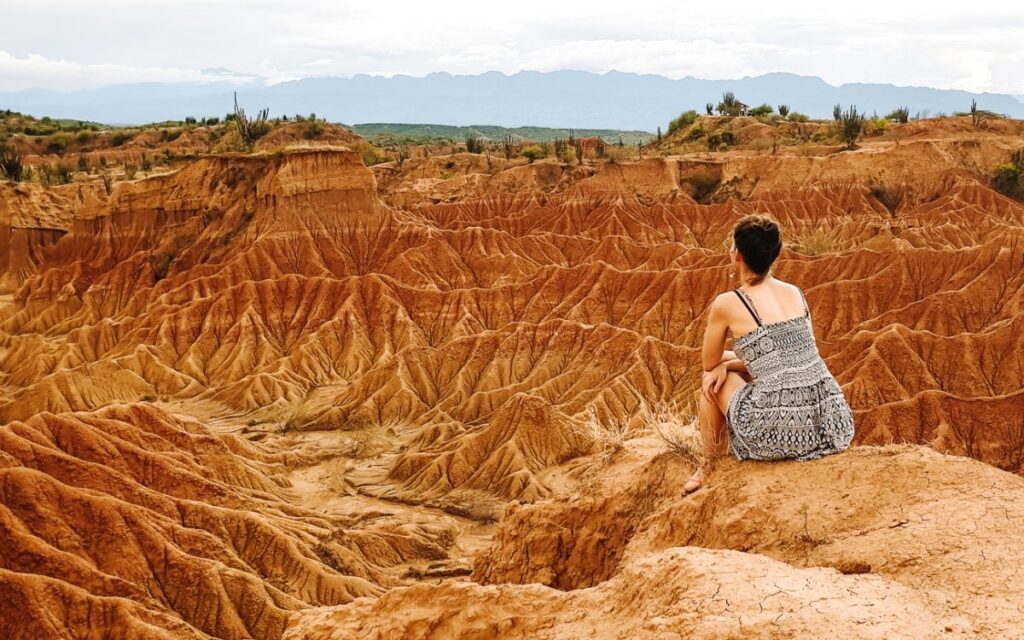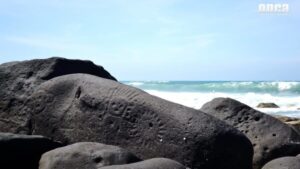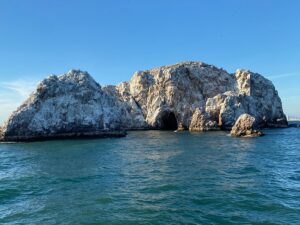Tatacoa Fossils: Exploring Colombia’s Ancient Past
Nestled in the heart of Colombia, the Tatacoa Desert is a mesmerizing landscape that offers more than just stunning views. Known for its unique rock formations and vibrant colors, this semi-arid region is also a treasure trove of ancient fossils. For those interested in paleontology, history, or simply the beauty of nature, the Tatacoa Desert is a must-visit destination.
What to See
The Tatacoa Desert is divided into two main areas: the red desert, known as Cuzco, and the gray desert, called Los Hoyos. Each area offers a distinct landscape and a variety of fossils to discover. As you wander through the red desert, you’ll be greeted by towering red rock formations that resemble a Martian landscape. In the gray desert, the terrain shifts to a more lunar-like appearance, with gray and white hues dominating the scenery.
Fossil enthusiasts will find the Tatacoa Desert particularly fascinating. The area is rich in fossils from the Miocene era, dating back millions of years. You can find remnants of ancient mammals, reptiles, and even marine life, offering a glimpse into the region’s prehistoric past. The desert is also home to a small observatory, where you can gaze at the stars and learn about the celestial wonders above.
A Bit of History and Interesting Facts
The Tatacoa Desert was once a lush tropical forest, teeming with life. Over millions of years, climate changes transformed the area into the arid landscape we see today. The name “Tatacoa” is derived from the indigenous word for rattlesnake, although the desert is more famous for its fossils than its snakes.
One of the most interesting aspects of the Tatacoa Desert is its role in paleontological research. The fossils found here have provided valuable insights into the evolution of life in South America. Researchers have discovered fossils of giant sloths, ancient crocodiles, and even early ancestors of modern-day horses.
How to Get There and Tips for First-Time Visitors
Getting to the Tatacoa Desert is relatively straightforward. The nearest major city is Neiva, which is accessible by a short flight from Bogotá, Colombia’s capital. From Neiva, you can take a bus or hire a taxi to the town of Villavieja, the gateway to the desert. The journey from Neiva to Villavieja takes about an hour, and from there, it’s a short drive to the desert itself.
For first-time visitors, it’s important to come prepared. The desert can get extremely hot during the day, so bring plenty of water, sunscreen, and a hat to protect yourself from the sun. Comfortable walking shoes are a must, as you’ll be exploring uneven terrain. If you’re interested in stargazing, consider staying overnight in one of the local accommodations, which range from basic hostels to more comfortable eco-lodges.
In summary, the Tatacoa Desert is a captivating destination that offers a unique blend of natural beauty and ancient history. Whether you’re a fossil enthusiast or simply looking to explore one of Colombia’s hidden gems, the Tatacoa Desert promises an unforgettable experience.








